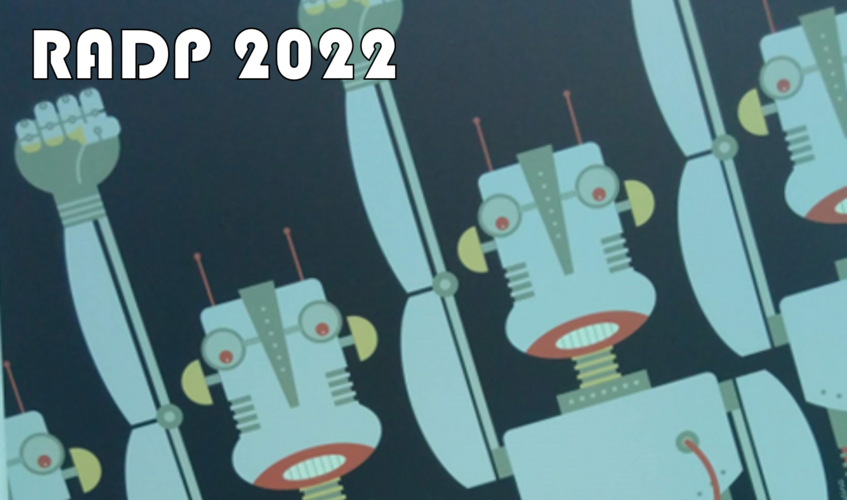| 09:00 |
Introduction |
|
| 09:30 |
Keynote: Nathan W. Hill & James Engels |
Modeling the contribution of a phonological hypothesis: Using graph theory to compare two Old Chinese reconstruction systems |
| 10:30 |
Johanna Fanta-Jende & Markus Pluschkovits |
DiÖ - A corpus on language variation and language contact in Austria |
| 11:00 |
Coffee break |
|
| 11:30 |
Claudia Resch & Nina C. Rastinger |
Whatʼs in the news? A corpus of historical newspapers under investigation |
| 12:00 |
Igor Yanovich |
Posterior predictive checking for the models of language diversification |
| 12:30 |
Theresa Matzinger & Irene Böhm |
Digital explorations of the emergence of Middle English sound patterns |
| 13:00 |
Lunch break |
|
| 14:00 |
Tanja Wissik |
The ParlaMint-AT corpus: An annotated corpus of the shorthand records of the Austrian National Council as part of comparable parliamentary corpora |
| 14:30 |
Tara Andrews |
Not just Stemmatology anymore: Creating a full critical edition with the StemmaREST graph model |
| 15:00 |
Stefan Hagel |
A digital edition of ancient musical documents: Challenges and chances |
| 15:30 |
Jeremy Bradley |
Digital infrastructures for low-resource languages: The case of Uralic |
| 16:00 |
Coffee break |
|
| 16:30 |
Renato Rocha Souza |
Crafting a system for knowledge discovery and organisation: A case-study on KOS for a non-standard German legacy dataset |
| 17:00 |
Amelie Dorn |
Exploring lexical variation digitally – applications and examples of German in Austria |
| 17:30 |
Lukas Thoma |
Large pre-trained deep learning language models are capable of computing abstract sameness relations |
| 18:00 |
Discussion & closing |
|

